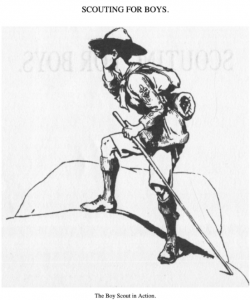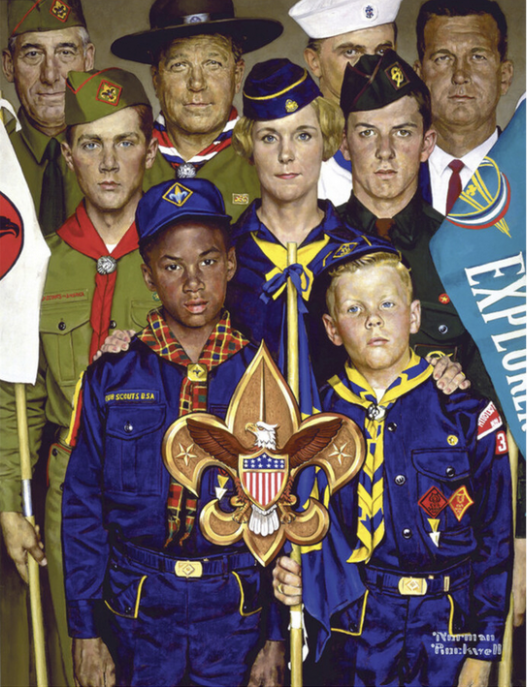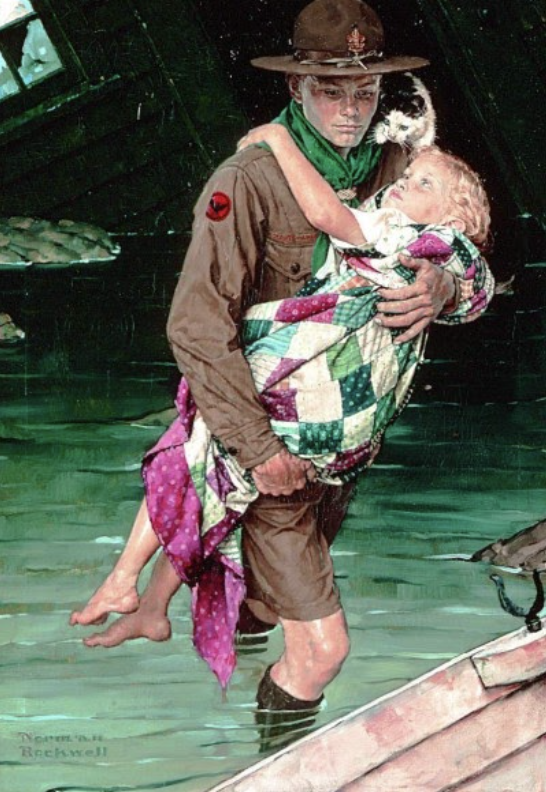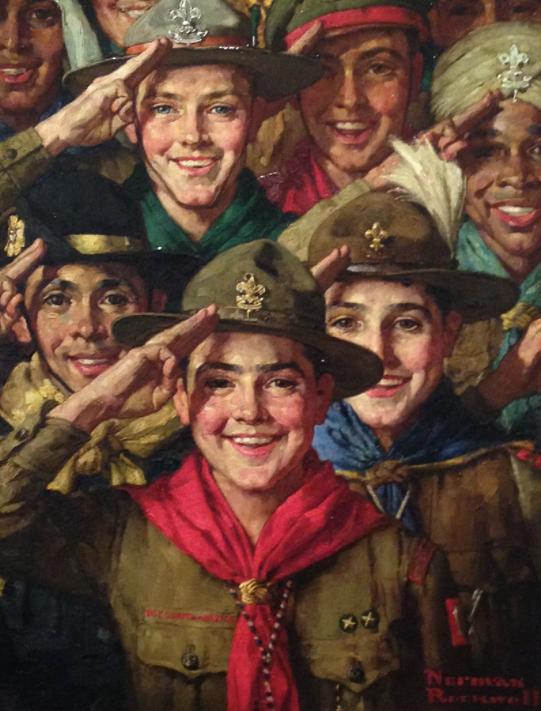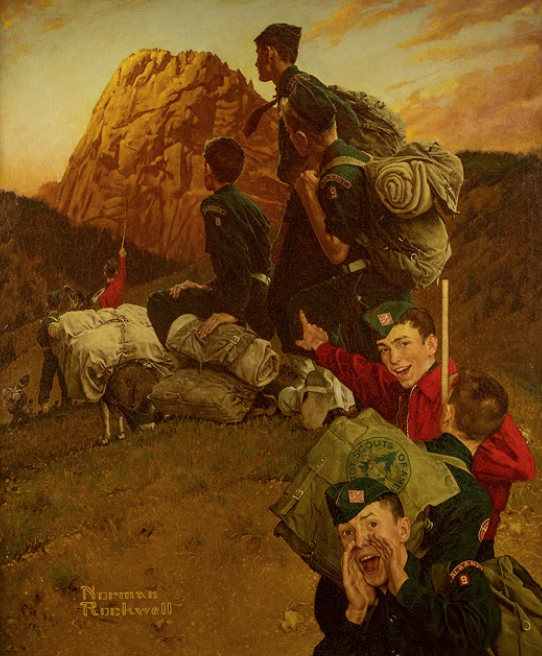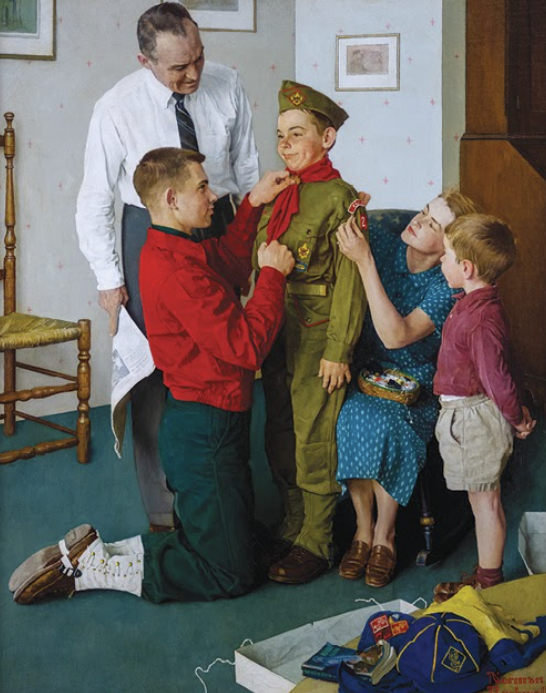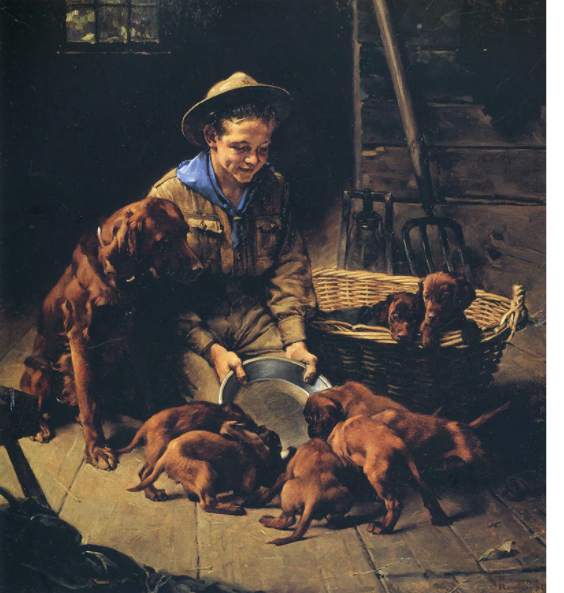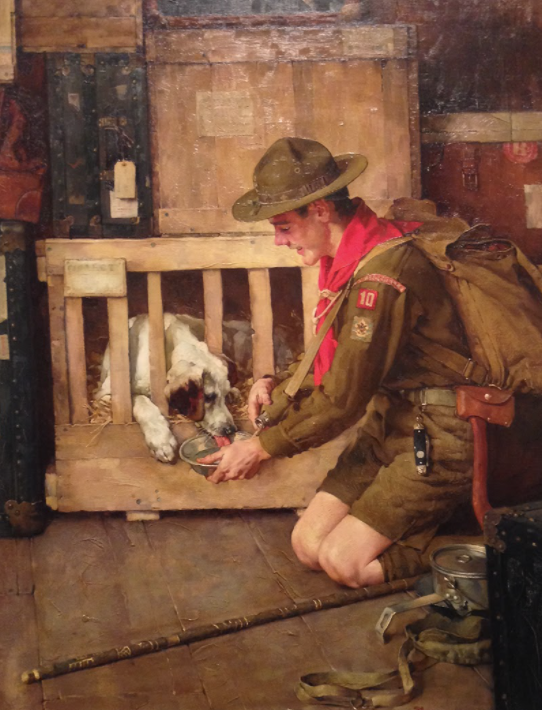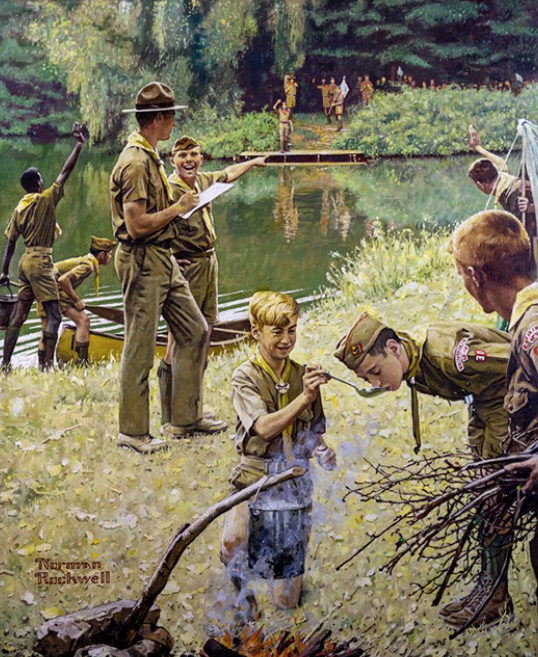Scouters, Scouts, Friends, and Family Remain Impressed with Mayflower Council Standout…
Sometimes you just have to stop and listen. Such was the state of affairs at the annual Friends of Scouting (FOS) opening event held in January.
Newton’s Grace W., one of the first-ever young women to earn Scouting BSA’s highest honor – Eagle Scout – spoke to a packed room of loyal Scouting supporters.
Conversations paused, and tasty appetizers remained plated; young and old alike listened to White as she reminded everyone about the many merits of Scouting.
In short, Grace loves it all.
“With my troop behind me and with the motivation of the adult leaders,” began Grace, “I was able to achieve my dream of reaching Eagle.”
“But if I were to sit down and pick out one aspect of Scouting that has shaped me the most, I could not tell you,” she continued. “There have been so many parts of Scouts that have shaped me as a person.”
However, the final journey to Eagle remains omnipresent in Grace’s mind.
“The whole Eagle process, in general, was really impactful,” said Grace, who now attends college in Boston. “As you all know, every Eagle Scout that you meet they have gone through a lot to get to where they are.”
For Grace, the work toward Scouting’s ultimate goal had a hard stop, particularly as she began her work only a year and a half before her 18th birthday. But while the Scout handbook and merit badge work were daunting, it’s the Eagle service project that dominates Grace’s story.
Meanwhile, with her project set smack dab in the middle of the COVID-19 pandemic, White looked to make an immediate impact with her project – an outdoor classroom.
“I thought that I could benefit my community by building a safe outdoor space for students to learn,” she explained. “During the project, I learned a lot about leadership, and with my time constraints, I had to work extra hard to make sure that everything in my project was absolutely perfect.”
However, even a special Eagle service project has its defects.
“And if I’m being honest, [the project] wasn’t perfect,” admitted Grace. “But I think that’s the thing about doing these projects, especially as a young person, is that it’s not going to be perfect, but you get to learn something from it.”
And, amid her efforts, Grace learned the power of community.
“For me, I learned how nice people can be,” she emphasized. “I got a lot of help with my project; from people in my troop, my friends, and my family – everyone was so supportive, and it felt great to have that kind of people around.”
Of course, at the FOS dinner, Grace was surrounded by “that kind of people.”Moreover, you can join that fantastic crowd by lending your pledge to help Scouts like Grace reach the pinnacle of Scouting and, in turn, serve others in the process. Click here to begin.
